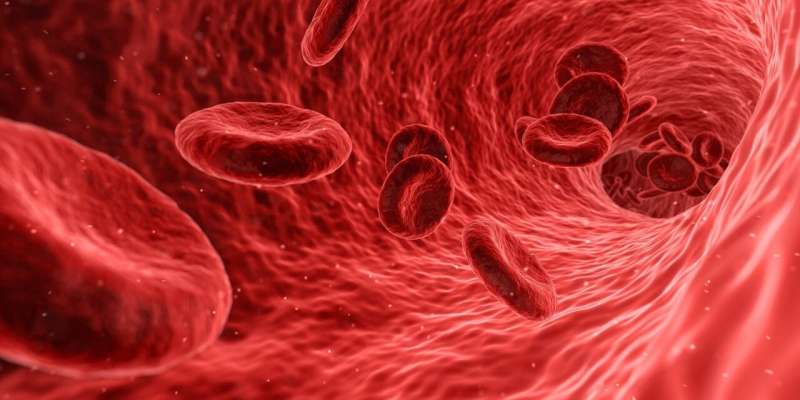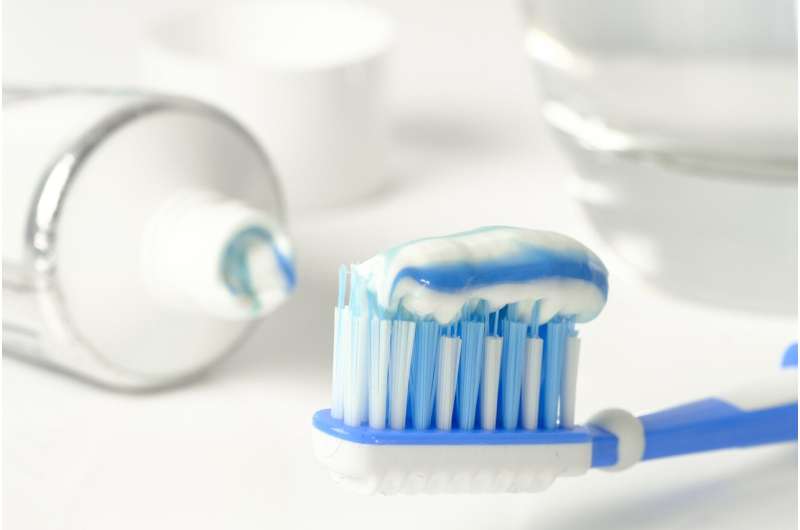Genetic Subtypes of T-Follicular Helper Lymphoma Influence Patient Outcomes

Recent research uncovers distinct genetic subtypes of T-follicular helper lymphoma that are associated with different patient outcomes, paving the way for targeted treatments and improved prognosis.
T-follicular helper (TFH) lymphoma is a subtype of blood cancer known for its generally poor prognosis and the lack of a standardized treatment approach. Despite the frequent occurrence of specific genetic mutations, the relationship between these genetic abnormalities and clinical outcomes has remained unclear.
A recent comprehensive study published in the journal Leukemia analyzed 94 cases of TFH lymphoma alongside 35 cases of peripheral T-cell lymphoma not otherwise specified (PTCL-NOS), a related disease. Researchers employed whole-exome sequencing to identify underlying genetic patterns.
The study uncovered three distinct molecular classifications based on 35 recurrent genetic abnormalities: C1, C2, and C3. The C1 and C3 groups shared mutations in genes involved in epigenetic regulation, with the RHOA G17V mutation being prevalent. Notably, the C3 group, characterized by chromosome 5 amplification and IDH2 mutations, had a worse prognosis compared to C1.
The C2 group mainly consisted of PTCL-NOS cases, featuring chromosomal aneuploidy and abnormalities in TP53 and CDKN2A, and included some TFH lymphomas. This group was associated with a poor prognosis.
Further analysis of the tumor microenvironment through RNA sequencing classified it into three types: TME1, TME2, and TME3. The TME2 subtype, marked by increased M2 macrophage infiltration, correlated with poor outcomes and overlapped significantly with the C2 classification.
These findings shed light on the molecular heterogeneity of TFH lymphoma and highlight specific genetic and microenvironmental features linked to patient prognosis. Understanding these subtypes may guide more targeted therapies and improve treatment strategies for this challenging disease.
This research was conducted by Yasuhito Suehara and colleagues, and further details can be explored in the original publication: DOI: 10.1038/s41375-025-02563-0.
Stay Updated with Mia's Feed
Get the latest health & wellness insights delivered straight to your inbox.
Related Articles
Genetic Testing of IVF Embryos Accelerates Conception for Women Over 35
A groundbreaking study suggests that genetic testing of IVF embryos can help women over 35 conceive faster and with higher success rates, potentially transforming fertility treatment options.
Innovative 3D-Printed Tumor Models Enhance Surgical Imaging Techniques
Texas Tech researchers have developed 3D-printed tumor models that replicate human tissue, aiming to refine surgical imaging techniques and improve tumor removal accuracy.



